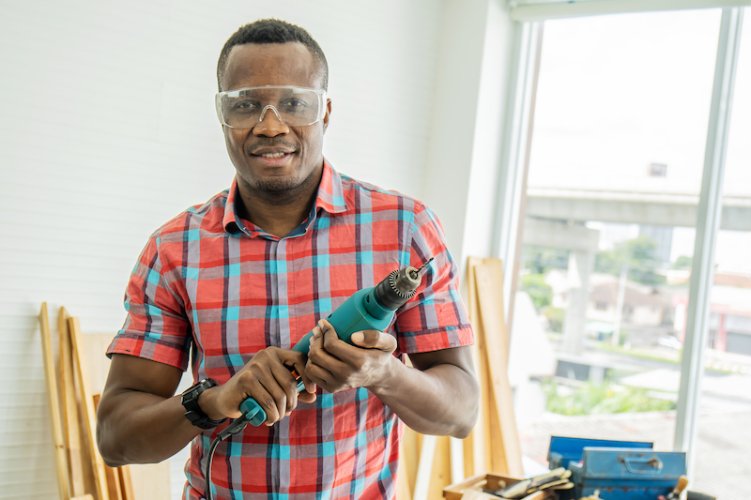
As Black people, we are under constant siege. A routine trip to the grocery store or park can devolve into a fight for our very freedom and in many cases our lives. Ahmaud Arbery’s last moments on Earth began with a simple jog, Trayvon Martin’s on a walk to the store, and Tamir Rice’s while in the park. For far too long, many Black Americans and Black people in general have chosen to hope, pray, and “legal fiction” our way into some type of passive resolution to our historical issue. Fortunately, not all of us seem to have our head in the clouds.
According to the National Shooting Sports Foundation, Black Americans saw a 58.2% increase in firearm purchases in the 1st half of 2020. While this is impressive, it’s important to note that White Americans accounted for 72.4% of all firearm purchases within the same timespan. However, this does not detract from our rekindled appreciation for self-sufficiency. In the first part of our Neighborhood Watch series, we will cover the basics of firearm maintenance and why you MUST make it a priority.
Why Does Firearm Maintenance Matter?
The single most important reason to conduct regular maintenance on your Firearm is to ensure it functions as intended in a life or death situation. Like many others, I at one time believed that firearms did not require regular maintenance to operate reliably. To me, the individuals who would meticulously break down, clean, and lubricate their “guns” were no more than overly obsessed diehards and enthusiasts. But Army Basic Training broke this misconception and showed me how my weapon’s reliability in the heat of battle is directly tied to how well I maintain it. The importance of maintenance truly set in while serving in OIF and OEF. The line between life and death was often my firearm and so I felt it was my responsibility to care for my firearm in downtime, as it always cared for me in the heat of battle.Always Clear Your Firearm and RTFM
Before proceeding with any cleaning, you must ensure the firearm is clear of any ammunition. Start by removing the magazine (if applicable), and then proceed with a visual and tactile inspection. Once the firearm is clear, remove any live ammunition from the room whether it is boxed or not. It may seem like overkill but you can never be too safe when handling a firearm.If you’re unfamiliar with a functions check, please view the following videos:
These are examples, please consult your make and model for specific instructions. Once you have completed a functions test, it is time to disassemble the weapon.
Disassembly Tips
Do not begin to disassemble your Firearm if you have not Read the Freaking Manual, period point blank. Firearms are extremely intricate and reassembly can make even the most avid shooters cry in frustration (shout out to the Mossberg 500 Elevator Assembly). Here are some quick tips to help you during disassembly :- Disassemble the Firearm in a clean locale with ample space and lighting. You will need to keep track of an assortment of small components and screws that can be easily misplaced. The more room you have to group components the easier reassembly becomes.
- Follow the instructions outlined in the manual. Small mistakes in reassembly could lead to long-lasting damage to the firearm. Going it alone may work with IKEA furniture but don’t try it here!
- Lay the parts out in the order they are removed, you will thank us later.
It’s Time to Start Cleaning
As stated in previous steps, each firearm has specific instructions so RTFM! However, there are essentials that you will need regardless of firearm:- Bore Brush
- Cleaning Patches
- Chamber Brush
- Punch Rod
- Cleaning Solvent
- Lubricant
- Cleaning the Bore / Barrel
- Cleaning the Action
- Cleaning the Small Parts
- Lubricate the Firearm
How Often Should You Clean Your Firearm?
While guidance shifts depending on the firearm, you should make it a habit to clean your weapon after every trip to the shooting range. Building up the muscle memory for after-session cleanings will ensure that you have a long lasting and reliable firearm for the foreseeable future.Parting Thoughts
After reassembling your firearm it’s critical that you conduct an additional functions check to ensure that it is operating properly. It’s important to store your firearm in the proper case and/or bag for not only security but also for the fidelity of the firearm. Remember, when it’s time to “put in work” you need to be able trust that your firearm will see you through to the end. Do not neglect regular maintenance and certainly do not neglect proper training and instruction. Your firearm is only as good as its upkeep and the proficiency of its wielder. Download the app and join the community.
